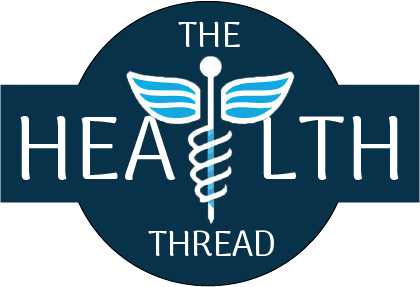Nutritional supplements and their role in a healthy diet
Nutritional supplements have become increasingly popular in recent years, with many people turning to them as a way to support their overall health and well- being. These supplements come in various forms, including pills, powders, and liquids, and are designed to provide a concentrated dose of specific nutrients.
While a balanced diet is the best way to obtain all the necessary nutrients for optimal health, nutritional supplements can be a useful addition to one’s diet. They can help fill nutrient gaps, support specific health conditions, and improve overall well-being.
Research has shown that some nutritional supplements can have a positive impact on health. For example, omega-3 fatty acids have been linked to a lower risk of heart disease and may also improve brain health. Vitamin D has been shown to support bone health, immune function, and reduce the risk of some chronic diseases. Probiotics, which are beneficial bacteria, have been shown to support gut health and may also boost the immune system.
However, it is important to note that not all nutritional supplements are created equal. Some may contain lower-quality ingredients or may not be backed by scientific evidence. It is important to do thorough research and choose supplements from reputable companies.
It is also essential to consult with a healthcare professional before starting any nutritional supplement regimen, especially if you have any underlying health conditions or are taking medication that may interact with the supplement.
In addition to taking supplements, it is important to prioritize a well-balanced diet that is rich in whole foods such as fruits, vegetables, whole grains, lean protein, and healthy fats. Adequate hydration is also crucial for overall health.
In conclusion, nutritional supplements can be a useful addition to a healthy diet, but they should not be relied on as a replacement for a balanced diet. It is important to do thorough research and consult with a healthcare professional before starting any supplement regimen to ensure it is safe and effective for your individual needs.
REFERENCES
- Bailey, R. L., Gahche, J. J., Miller, P. E., Thomas, P. R., & Dwyer, J. T. (2013). Why US adults use dietary supplements. Jama Internal Medicine, 173(5), 355-361.
- Gahche, J. J., Bailey, R. L., Burt, V. L., Hughes, J. P., Yetley, E. A., Dwyer, J. T., … & Potischman, N. (2011). Dietary supplement use among US adults has increased since NHANES III (1988–1994). NCHS Data Brief, (61), 1-8.
- Kris-Etherton, P. M., Harris, W. S., & Appel, L. J. (2003). Fish consumption, fish oil, omega-3 fatty acids, and cardiovascular disease. Arteriosclerosis, thrombosis, and vascular biology, 23(2), e20-e30.
- National Institutes of Health. (2021). Vitamin D fact sheet for health professionals. Retrieved from https://ods.od.nih.gov/factsheets/VitaminD-HealthProfessional/
- Sanders, M. E., & Gibson, G. R. (1999). Probiotics, gut microflora and health. International dairy journal, 9(1), 53-61.
